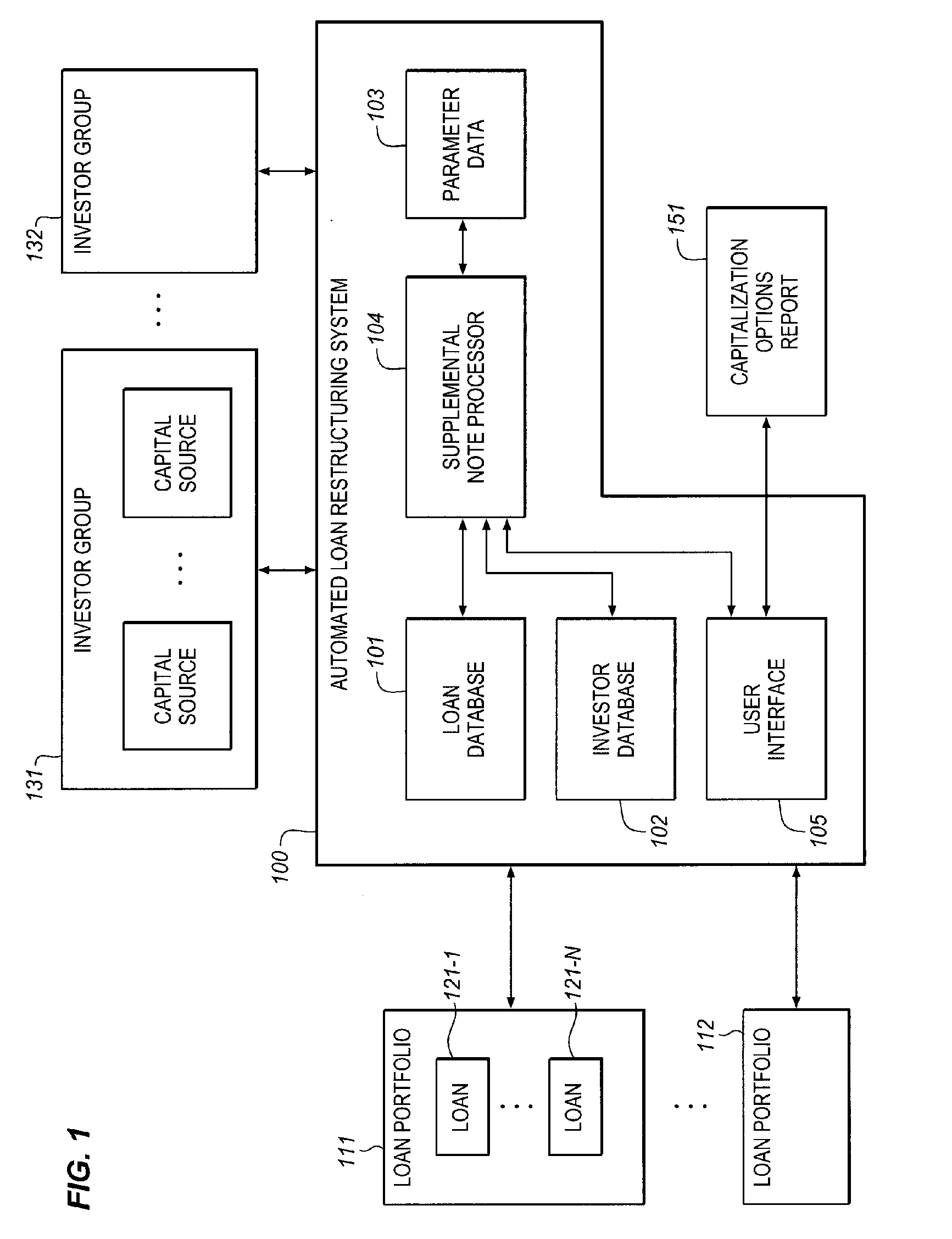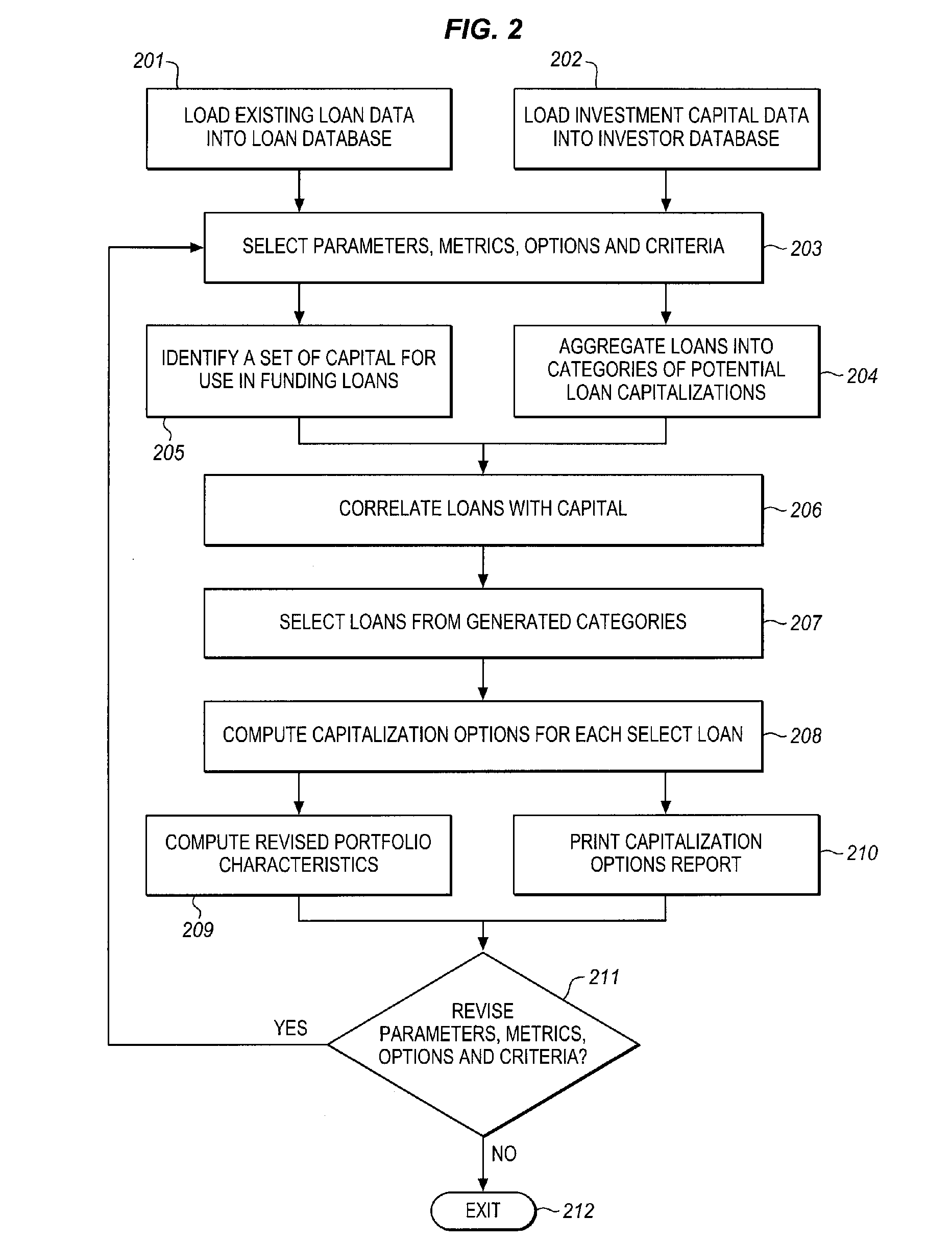In early 2007, with property values reaching historic highs and interest rate declining to historic lows, the CRAs as well as many investors became concerned that the CRA risk ratings as applied to previously issued mortgage-backed securities did not accurately reflect their true bond investment risk.
By late 2007, this concern had become so prevalent and so acute that little if any new capital was flowing into the mortgage capital market, and trading of issued securities slowed markedly.
First, they realized that, irrespective of the CRA ratings, their risk was inevitably and directly related to the value of the properties which served as ultimate security for the pooled loans; second, they realized that the scale and structural complexity of the mortgage pools supporting their bonds, and the total scale of the MBS and CMBS market, virtually precluded any definitive risk analysis updates.
In plain terms, there was no practical way to “go back”, gather up, and understand the property-
specific knowledge they needed to assess their investment risk.
The ensuing collapse of the mortgage-backed securities market and the weakening or failure of many related institutions began as a re-pricing of bond risk, proceeded to become a self-propelled cycle of devaluation in property values, and quickly brought about the current disastrous situation among the many financial institutions holding large portfolios of mortgage loans.
However, the
system described in the '347 Publication only focuses on individual new loan originations and fails to address the complexity of many financing situations, such as the unanticipated problems related to today's severe capital market distress, and does not adequately take into account the regulatory environment in which most Lenders operate.
Further, as noted above, such excess sparked investor recognition of the imperfections across the investment class, particularly in the structuring and rating of loan risk, and abandoned the MBS and CMBS market almost entirely.
Indirectly, the dramatically lower liquidity in the mortgage capital market has disproportionately increased the cost of capital across the entire real estate sector.
This higher cost of capital has reduced real estate asset values sharply, well beyond the discrete
impact attributable to a cyclical economic slowdown.
More specifically, in the current market a Lender holding a substantial portfolio of mortgage loans faces intense challenges:1. to maintain risk-based regulatory capital adequacy to accommodate growth, avoid contraction, and preclude government takeover;2. to start making mortgage loans again, in order to re-establish normal profitable operations;3. to support profitable relationships with Borrowers, not only without the capacity to make new loans, but further burdened by responsibilities to pursue a costly adversarial judicial process to resolve defaults on existing loans; and4. to build the confidence of investors and depositors who have normally been low cost sources of capital for Lenders.
The current market also presents Borrowers with increasingly difficult challenges:1. to find adequate replacement mortgage funds to meet contractual loan repayment obligations;2. to secure sufficient equity capital to meet loan obligations and related guaranties;3. to avoid the loss of their mortgaged properties through foreclosure, due to the unfortunate timing of their loan maturities relative to an extraordinary capital market anomaly, as compounded by a business cycle downturn; and4. to preclude the adverse tax effects of foreclosure and debt forgiveness.
Indeed, there is no practical way for the government, in its effort to support Lenders hobbled by their difficulties, to assess property-specific loan risks any better than private investors did when they invested in mortgage-backed securities.
Because of the economic downturn, the greatly reduced supply of mortgage capital, the substantially increased cost of capital in the real estate industry, and the attendant sharp reduction in real property values, many such loans reflect a LTV ratio much higher than regulations allow, and often high enough to trigger asset impairment charges under GAAP.
This will have significant adverse impacts on the Lender's income (i.e., as necessary loan loss reserves are established, with commensurate reductions of current income), on its regulatory capital (i.e., as retained earnings are reduced and risk-based capital ratios decline), on its liquidity (i.e., as SEC-required disclosures discourage deposits and investment in public shares) and, in short order, its market value and ability to survive as an independent institution without government support.
These adverse impacts will continue and, in many cases, will increase if such loans are simply extended as-is.
More pointedly, where a large portfolio of such loans are judged highly likely to reach final maturity with no possibility of repayment, resulting in significant impairment and the mandatory establishment by the Lender of larger loan loss reserves, it is also highly likely that worse will follow.
To wit, the Lender will soon be forced to choose between two alternatives which both make matters worse—either simple loan term extensions, unattractive because the loan will remain on the Lender's books at an unacceptable LTV ratio, or a program of foreclosures on the collateral.
A foreclosure program is very expensive and highly distracting of management attention, as a threshold matter, but even worse will force the Lender to choose between holding the collateral assets as Other Real Estate Owned (“OREO”) or quickly selling the foreclosed assets to third parties at sharply reduced market values from a disadvantageous negotiating posture.
Under FDIC guidelines, the dollar amount of a Lender's OREO can have a greater adverse
impact in its regulatory capital calculations than simply extending the loan.
The result of either choice during the
current period would likely be net additional operating losses, a compounding of the adverse regulatory capital
impact, and an increased likelihood that government support or a takeover will be required.
Such publicity almost invariably results in a further loss of
consumer confidence and withdrawals of cash from the Lender by its depositors.
The combined effects of real economic losses and broad loss of depositor and investor confidence can easily result in a downward spiral into failure, at great expense to taxpayers.
The
cumulative effect of many such failures is a huge burden on government resources, and demonstrably has a marked adverse impact on the entire economy.
 Login to View More
Login to View More  Login to View More
Login to View More 


